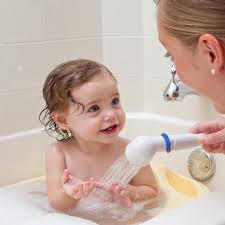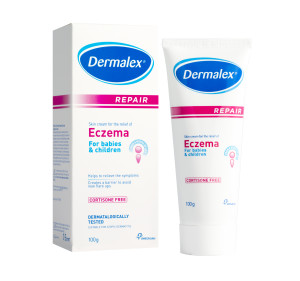Triggered by hormones, acne can occur at any stage in our lives. One of the primary aggravating factor leading to adult acne is chronic stress. We all know that acute stress can cause a breakout from time to time. But chronic, continual stress increases hormone levels, which can lead to an increase in oil production.
Adult acne can be aggravated by internal and external factors. Internally, the psychological effects of adult acne can contribute to continued flare-ups and breakouts. When adults are frustrated by the signs of acne on their skin, it causes additional emotional stress, which contributes to a continued increase in excess activity of the sebaceous glands and leads to the continued cycle of breakouts (and the need to “pick” or “squeeze” breakouts places even more acne-causing bacteria on the skin).
 Some dermatologists choose to place female clients suffering with adult acne on oral contraceptives. Oral contraceptives contain estrogen and progestin, which can help decrease the androgen activity responsible for adult acne. While often effective, this does leave clients open to the side effects that accompany oral contraceptives ie sun sensitivity hyper-pigmentation
Some dermatologists choose to place female clients suffering with adult acne on oral contraceptives. Oral contraceptives contain estrogen and progestin, which can help decrease the androgen activity responsible for adult acne. While often effective, this does leave clients open to the side effects that accompany oral contraceptives ie sun sensitivity hyper-pigmentation
Try new Dermalex ACNE, and see significant improvement within 1 month. Dermalex is as effective as benzoyl peroxide 5% (in vitro) but safe to use in the sun.
References:
http://www.dermalinstitute.com/us/library/13_article_Why_is_Adult_Acne_on_the_Rise_.html








